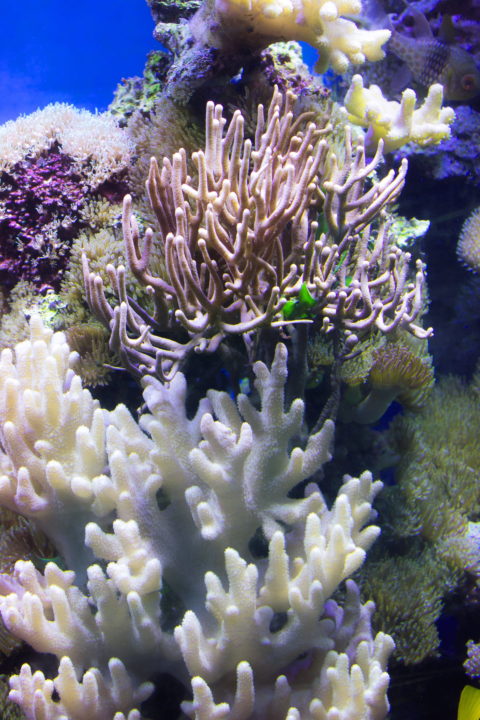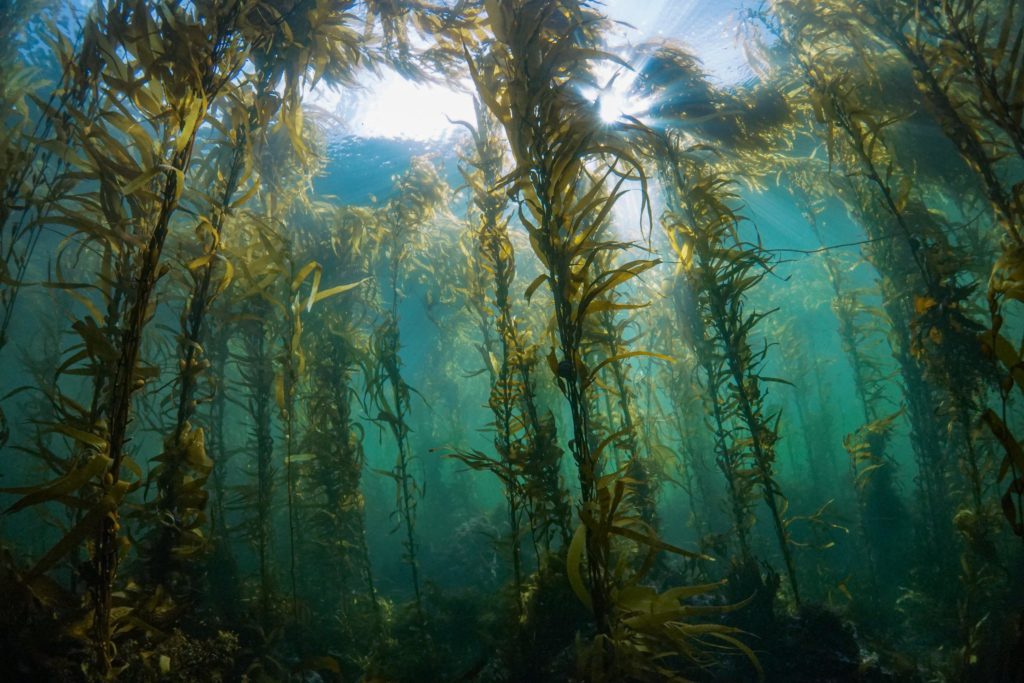
Dr Scott Bennett
Questions answered by this expert
The short answer is no. However, reefs will change from how we know them today. When considering reefs, the two major types of reef in Australia are tropical coral reefs and temperate rocky reefs, home to kelp forests. Both these reef systems are sensitive to ocean warming and marine heatwaves and both have experienced extreme impacts in the past decade. For example, almost 100,000 Hectares, equivalent to 2.3 million basketball courts of kelp forests were lost in Western Australia in 2011 following an extreme marine heatwave. In the tropics, marine heatwaves in 2016 and 2017 resulted in severe coral bleaching and death on the Great Barrier Reef.
As oceans warm, these extreme events will become more frequent and species that are already living close to their upper thermal limits are likely to suffer. In Australia, species on both coral reefs and kelp forests have evolved for millions of years under remarkably stable climate conditions. Unlike on land where temperatures can fluctuate by over 30ºC in a year, in the oceans around Australia, temperatures may only fluctuate by 5-10ºC. As a consequence, many species have limited scope to deal with changes in temperature. On top of this, south-eastern and south-western Australia are warming 2-4 times faster than average, making these regions particularly vulnerable to change.

In response to changing ocean conditions, species can either move to cooler habitats, adapt, or die. Many species are unable to move or adapt fast enough to escape the warming, or the impacts of a sudden marine heat wave. For the species that can move elsewhere, they may be able to survive in their new habitat, but in doing so may be lost from the reefs they have departed. As a result, there will be a change in the types of species that we see on reefs, with increasing numbers of warm water species in places like Tasmania, and a loss of the traditional cool-water species. Giant kelp is one example of this, which has decreased by 95% on Tasmanian reefs in recent decades. Even in the tropics, many heat tolerant species will survive, but it might not be all the colourful corals and fishes that we think of today.
Climate change is a major threat to Australia’s coastal marine ecosystems, such as kelp forests, seagrasses and coral reefs. Each of these habitats needs shallow sunlit waters to photosynthesise, and so they cannot move into deeper cooler waters to escape warming temperatures or migrate south like mobile animal species.
Some ecosystems are more ‘exposed’ to change than others. Warming does not occur at the same rate everywhere. Some regions like the Arctic and south-east Australia are warming very fast and therefore have ‘high exposure’ to climate change, whereas other regions are warming very slowly.
The other way we can tell how threatened a plant or animal is is to find out how close it is living to its ‘thermal tolerance limit’ - or the warmest temperature at which it can survive. A population living in a place that is already as hot as it can handle will not respond well to further warming. But if it is living in a place that is cooler than it can tolerate, it is more likely to survive. In Australian kelp forests for example, many of the same species can be found from Tasmania up to northern NSW. Tassie reefs sit at the cool end of this distribution. As a result, many species on Tasmanian reefs are likely to respond quite well to climate change for some time. In NSW by contrast, these same species are at the warm edge of their distribution, and so they may not survive any further warming in NSW.

Kelps, corals, seagrasses and mangroves are all examples of what we call ‘foundation species’. The loss of corals from a coral reef or kelps from a kelp forest fundamentally changes the ecosystem and species that it can support.
Globally, coral reefs are considered to be very threatened from climate change as they are already living close to the warm limits that corals can survive at. As a result, summer temperatures that 1-2ºC above a typical summer can lead to coral bleaching and death. Elsewhere in the world, kelp forest ecosystems are considered to be more tolerant to warming. In Australia, however, coral reefs, kelp forests and seagrass ecosystems have all been severely impacted by warming in different places.









